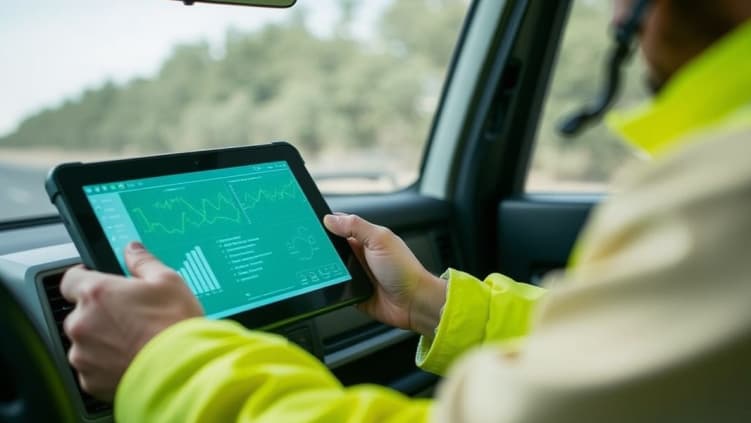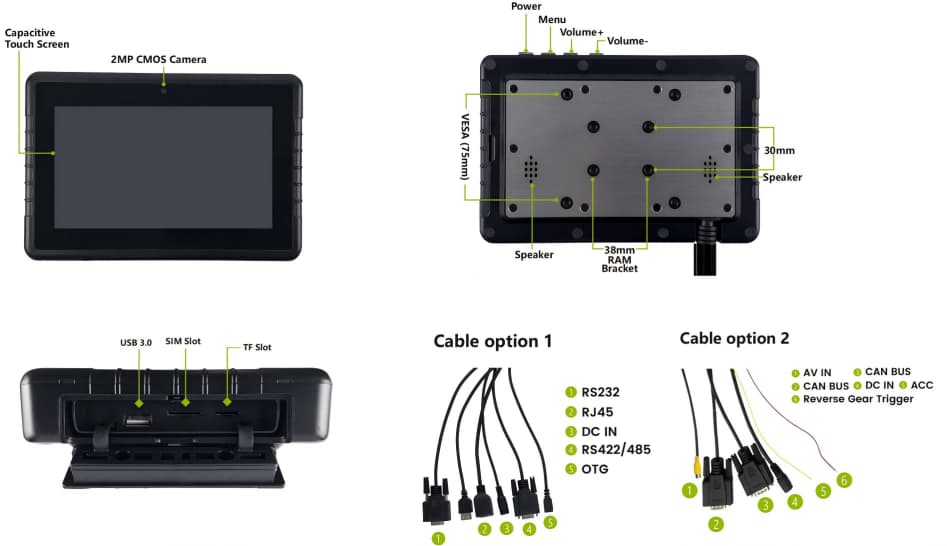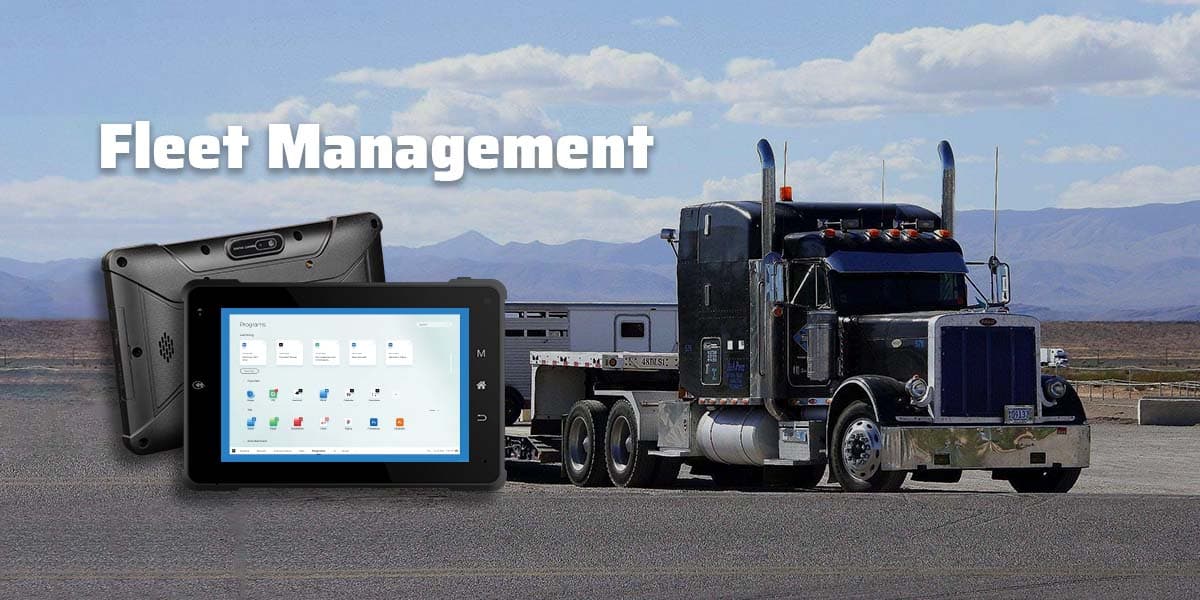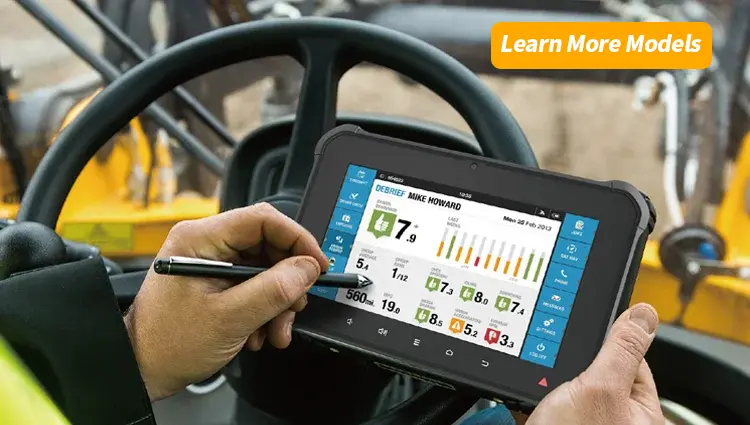Technical Insights: The Role of WAYSION V7S in Connected Fleet Systems
Fleet management is increasingly shaped by data integration and real-time communication.
Modern vehicles operate as mobile data nodes—collecting parameters such as engine status, GPS position, load data, and driver behavior.
The efficiency of this ecosystem depends on the reliability and interoperability of in-vehicle computing terminals that bridge vehicle subsystems, sensors, and cloud-based management platforms.

The WAYSION V7S rugged MDT (Mobile Data Terminal) exemplifies this class of hardware, serving as a stable and configurable edge device for data acquisition and communication in fleet environments.
System Architecture Considerations
Fleet systems typically consist of three primary layers:
- Data Layer–Onboard sensors, CAN bus data, and telematics devices.
- Processing Layer–In-vehicle terminals that process, visualize, and transmit operational data.
- Application Layer–Cloud-based or enterprise-level fleet management systems (FMS).
The V7S operates within the processing layer, providing a standardized communication and computation platform for interfacing between vehicle hardware and upper-level systems.
Hardware and Interface Design
The V7S supports multiple communication interfaces designed for modular integration:
- RS232/RS485 for serial communication with sensors, fuel systems, or ticketing devices.
- GPIO for signal input/output, such as ignition detection or status indication.
- CAN (via adapter) for vehicle ECU data acquisition and diagnostics.
- Wi-Fi / 4G LTE for wireless data transmission between vehicles and control centers.
- GNSS (GPS/GLONASS/BEIDOU) for continuous location and timing accuracy.
This combination of wired and wireless interfaces enables the device to function as a bridge between vehicle data buses and network infrastructure.

Environmental and Operational Characteristics
In industrial and commercial fleets, equipment is subject to vibration, dust, temperature shifts, and long operating hours.
The V7S is designed with the following environmental tolerances:
- IP65-rated enclosure for resistance to dust and moisture.
- Operating temperature:–20°C to +70°C.
- Vibration and shock resistance compliant with vehicle standards.
Such characteristics make the terminal suitable for deployment in trucks, buses, and service vehicles operating in variable field conditions.
Integration in Fleet Management Systems
In typical system deployments, the V7S performs several technical roles:
- Edge Processing: Collects and preprocesses telematics data locally before transmission.
- Driver Interface: Displays navigation, dispatch instructions, and diagnostic alerts.
- Communication Gateway: Establishes and maintains connectivity between vehicle and central platform via LTE/Wi-Fi.
- Data Synchronization: Ensures bidirectional data flow between onboard systems and cloud databases.
- Remote Management: Supports MDM (Mobile Device Management) for configuration, monitoring, and software updates.
This architecture enables a distributed computing model within fleet networks, where processing is partially handled at the vehicle level to reduce latency and network load.
.jpg)
Technical Value
From a system engineering perspective, the use of rugged MDTs such as the V7S contributes to:
System Interoperability – Standard interfaces allow integration with existing vehicle subsystems.
Data Consistency–Continuous communication ensures synchronized datasets between vehicles and backend systems.
Fault Detection–Real-time monitoring enables early identification of operational anomalies.
Scalability–Supports fleet expansion without redesigning system architecture.
The transition toward connected and data-driven fleet operations requires in-vehicle hardware that combines durability, communication flexibility, and interoperability.
The WAYSION V7S provides these characteristics through a balanced hardware architecture, offering a stable foundation for real-time data acquisition and integration across diverse fleet environments.
Its function extends beyond display or navigation—it operates as a technical node within the vehicle network, supporting reliable information exchange between machines and cloud systems in modern intelligent transportation ecosystems.









